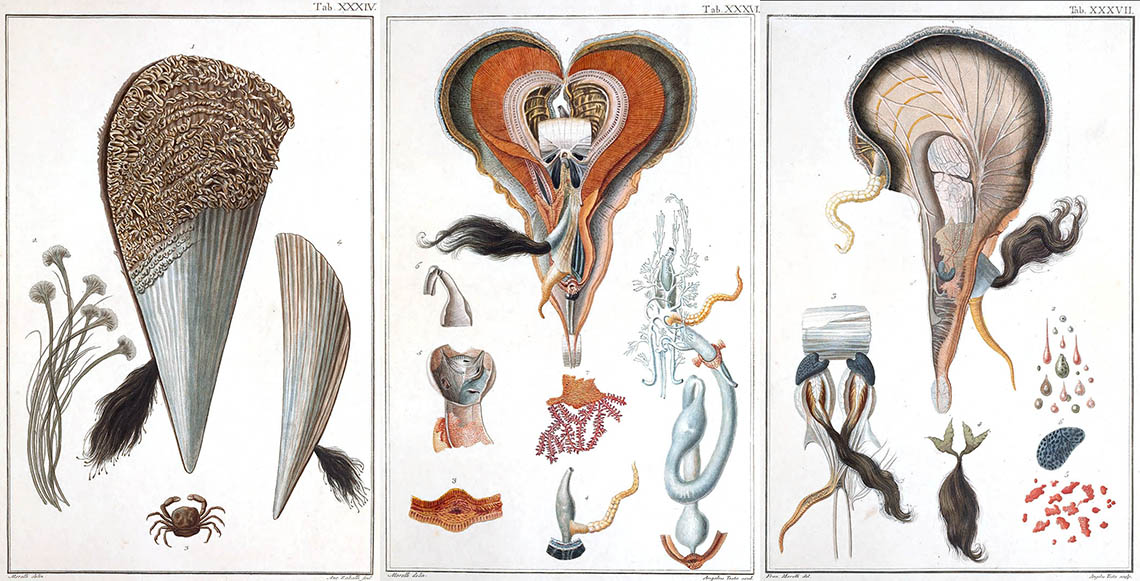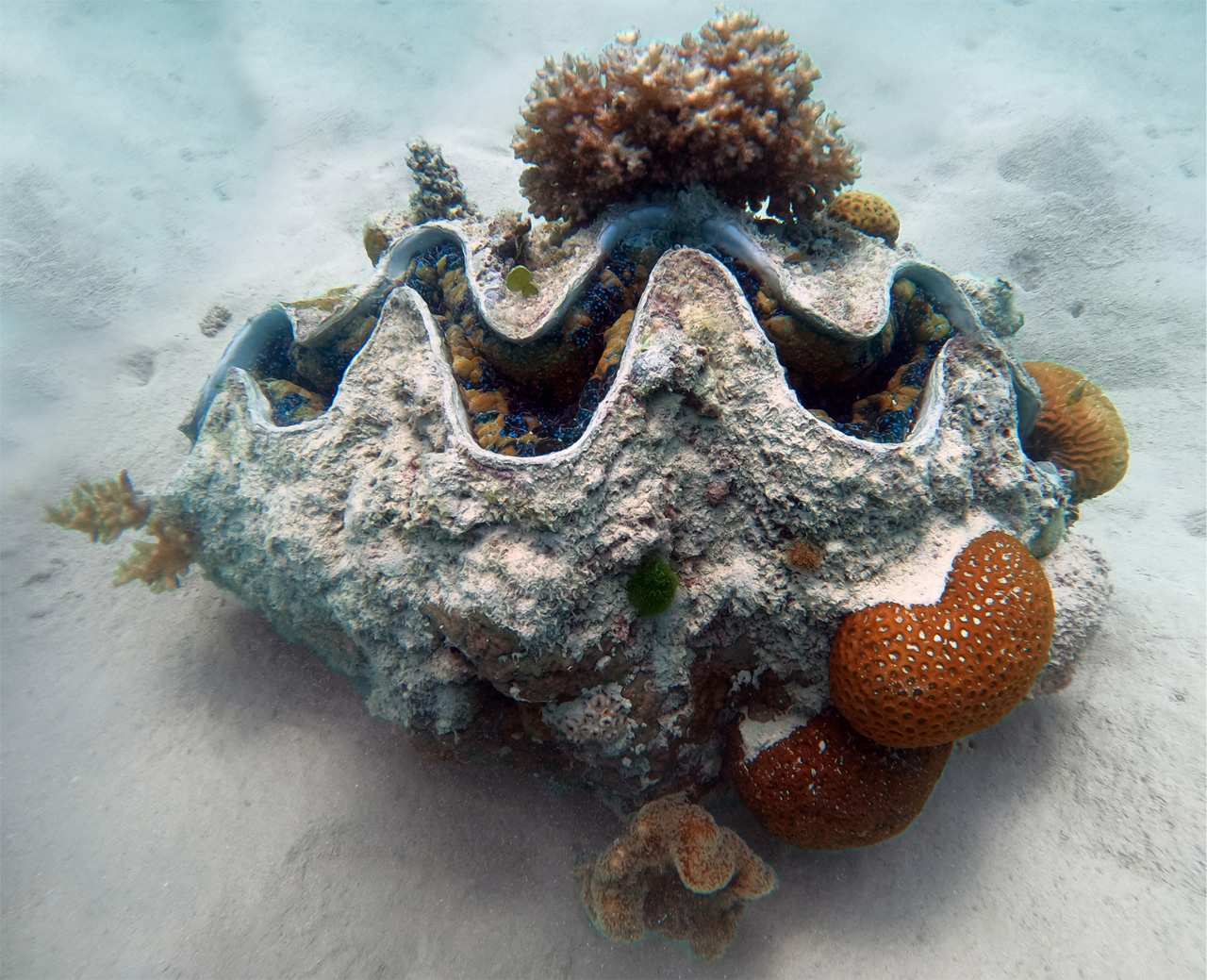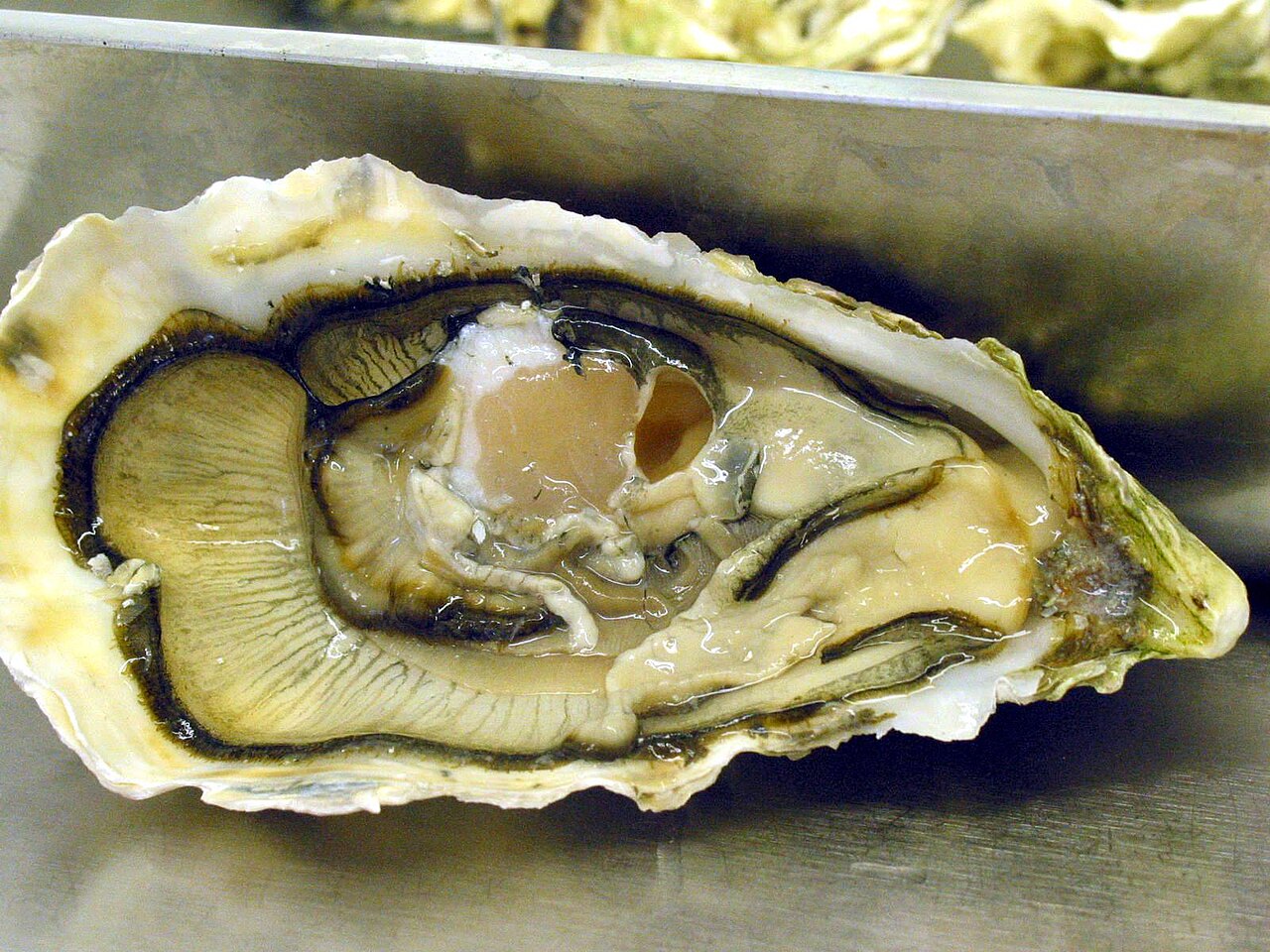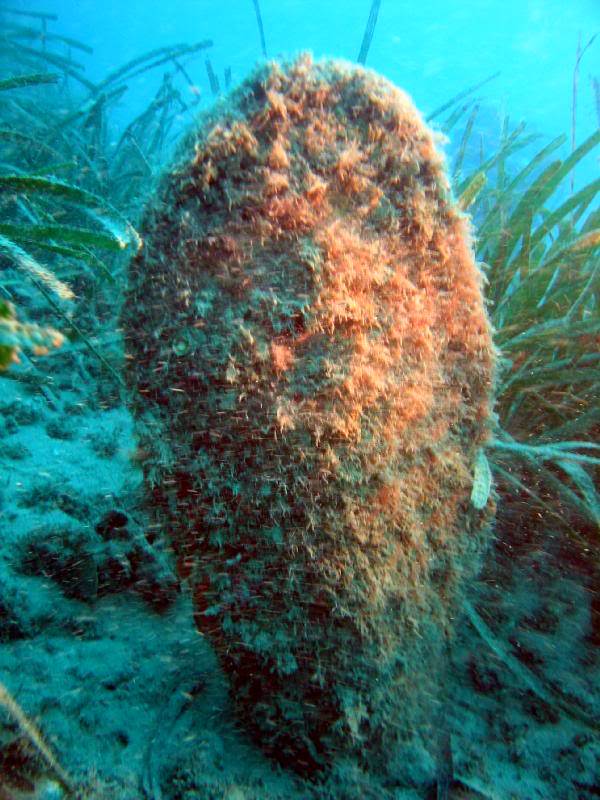Anyone passionate about prehistoric animals, like me, has surely felt a mix of incredulity, fascination, and awe upon discovering that some creatures seem to have been literally catapulted from the age of the dinosaurs to the present day. True survivors of an era when everything was gigantic.
As a child, I was convinced that the small shells I found on the shore were the result of an evolution that had reduced their size over time. I imagined that, in the past, everything had been much larger, and that today's world was simply a miniature version of that prehistoric one.
But one day, my perspective completely changed. I still remember the moment when my grandfather and uncle returned from the fish market with something incredibly large. With the curious eyes of a child, I watched as they carried this enormous package wrapped in a bag. Catching a glimpse of what looked like the shell of a mollusk through the folds of the plastic, excitement grew within me.
When they finally unwrapped the package and placed it on the table, I was speechless: before my eyes was a giant shell, worthy of a book on prehistory. It looked like a living fossil, an echo of a lost world.
That summer day quickly turned into a family celebration. More giant shells emerged from the trunk of the car, and before we knew it, neighbors from the nearby villas were invited to join the feast. I still remember the scent of the sea in the air and the joy of an impromptu seafood banquet, filled with laughter and conversation.
Pinna nobilis: A Giant in Danger
Only years later did I discover that the giant shell was a Pinna nobilis, one of the largest bivalve mollusks in the Mediterranean. With a shell that can exceed one meter in length, this species was once widespread along our coasts. However, overfishing, pollution, and a recent epidemic caused by a parasitic protozoan have pushed the Pinna nobilis to the brink of extinction.
Once considered a delicacy, today its collection is strictly prohibited to protect it from extinction. This bivalve mollusk is not only a wonder of nature but also plays a crucial role in the marine ecosystem: it filters seawater, helping to keep it clean, and provides shelter to numerous marine species that find refuge within its valves.

Pinna nobilis
Anatomy of Pinna nobilis
The Pinna nobilis is a bivalve mollusk with an elongated, triangular shape, with a shell that can grow over one meter in height. Its shell is fragile and covered with a thick brown periostracum, often colonized by algae and marine organisms. It anchors itself to sandy seabeds using an organ called the byssus, a series of strong filaments that keep it firmly in place.
Internally, the Pinna nobilis has a large gill cavity, allowing it to filter seawater and feed on suspended organic particles. Its filtration system is essential for maintaining the balance of the marine ecosystem.

Pinna nobilis, illustrations from Testacea utriusque Siciliae by Giuseppe Saverio Poli. - source -https://www.asciacatascia.it/2016/08/08/filati-dal-mare/
Other Giant Bivalve Mollusks
The Pinna nobilis is not the only giant bivalve in the oceans. There are other extraordinary bivalve mollusks, including:
Tridacna gigas, the famous giant clam of coral reefs, which can grow over one meter wide and weigh more than 200 kg. Like the Pinna nobilis, it plays a fundamental ecological role, hosting symbiotic algae that produce oxygen and nutrients.

Tridacna gigas
Magallana gigas, the Pacific oyster, less imposing but still large, valued both for its commercial importance and its ability to filter large quantities of water, improving marine ecosystem quality.

Magallana gigas
The Need for Conservation
While harvesting these bivalve mollusks was once common practice, today we understand that their decline can have serious consequences on marine ecosystems. Fortunately, there are initiatives to protect them: restocking projects, marine protected areas, and awareness campaigns are working to preserve these oceanic wonders.
Now, when I think back to that giant shell on my family’s table, I feel a mix of nostalgia and awareness. That scene, which for me was just a moment of a carefree summer, actually represented a time when humans interacted with nature without fully understanding the consequences. Today, however, we know that the beauty of the sea must be protected to ensure that these extraordinary bivalve mollusks continue to exist and amaze future generations.
Further Reading:








Leave a Comment